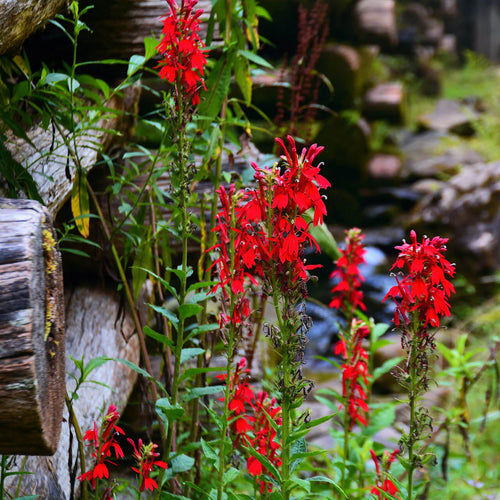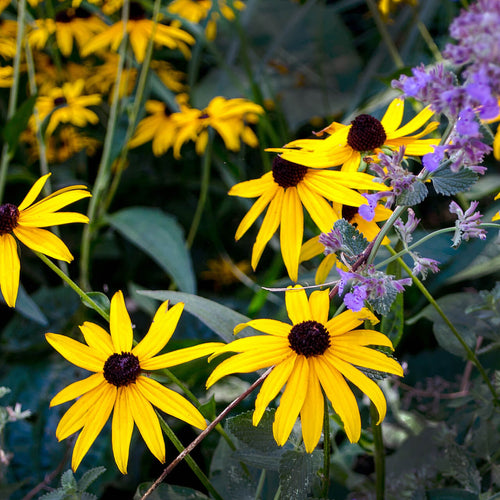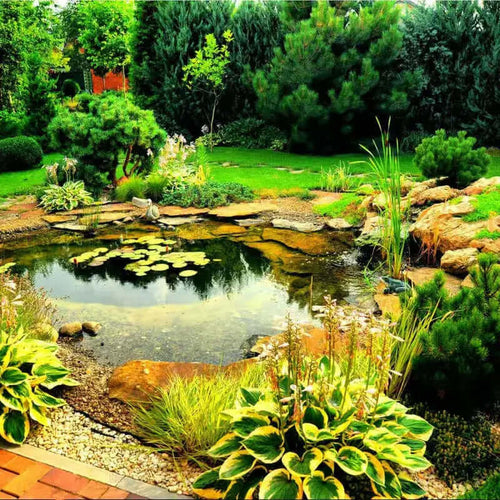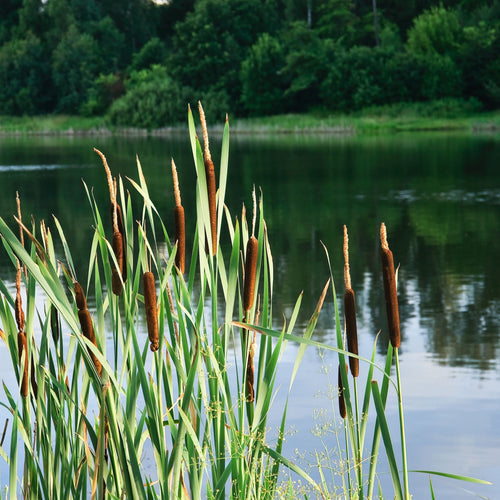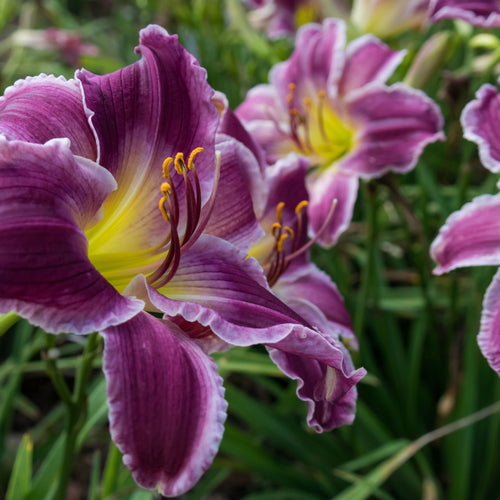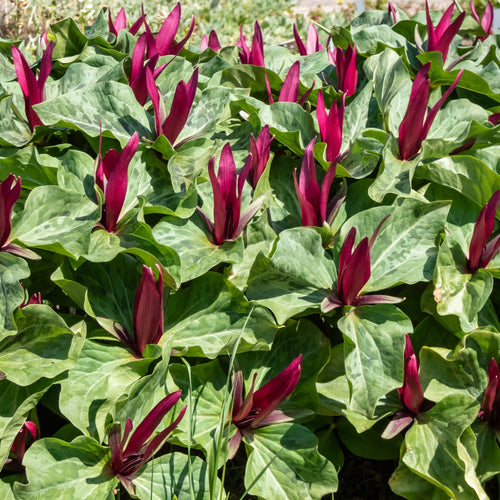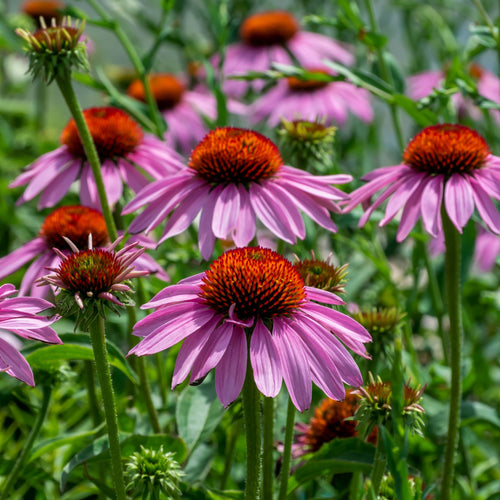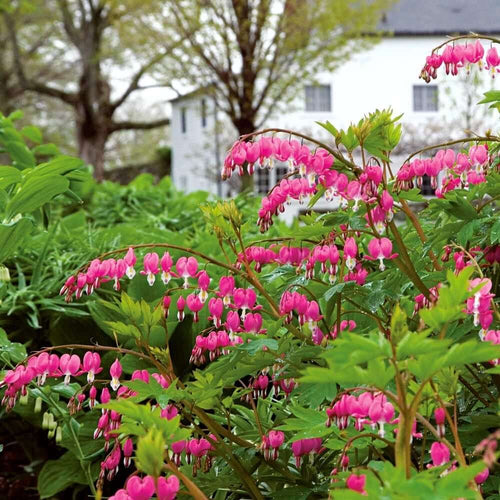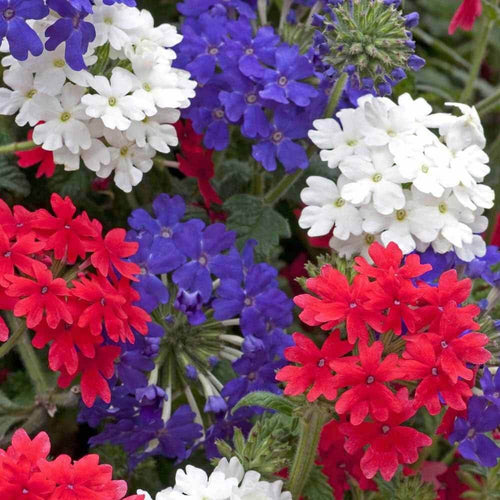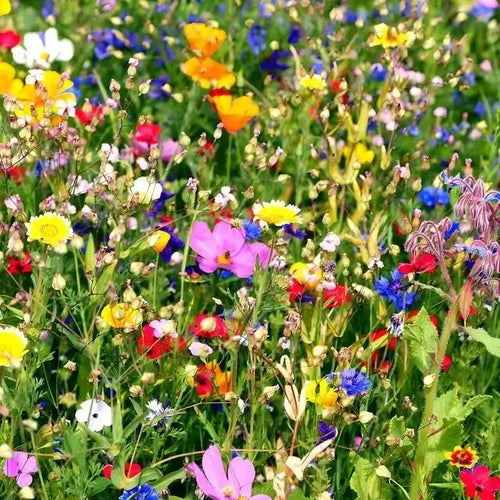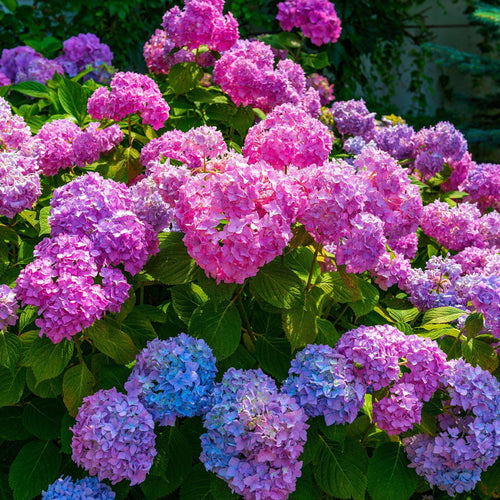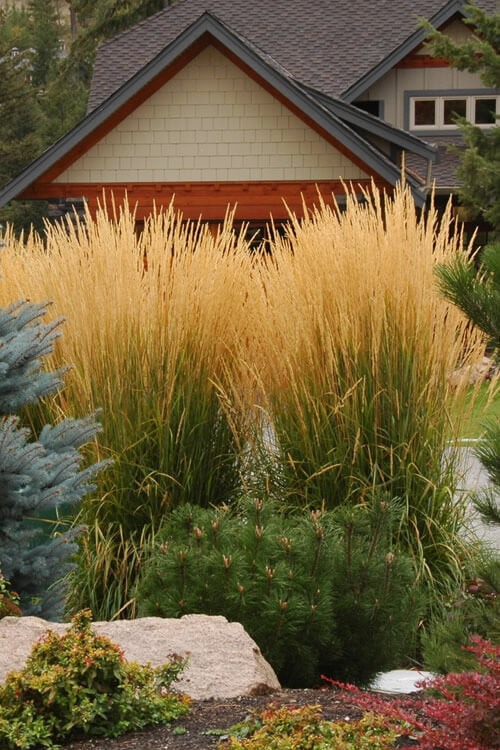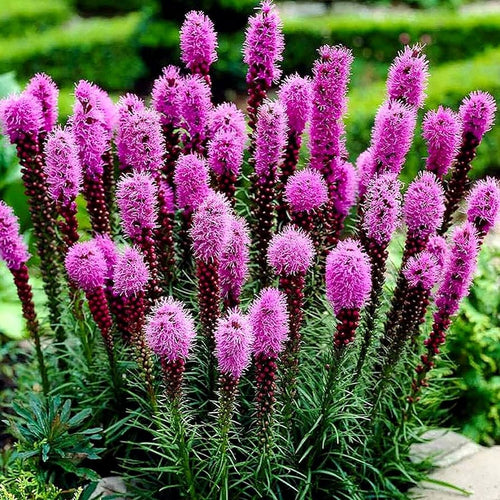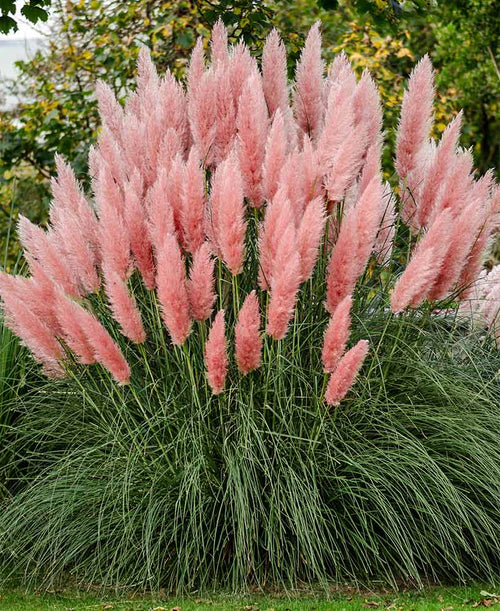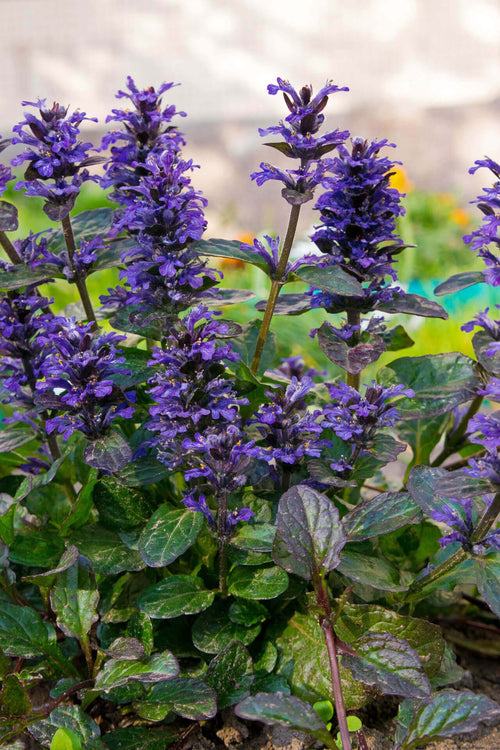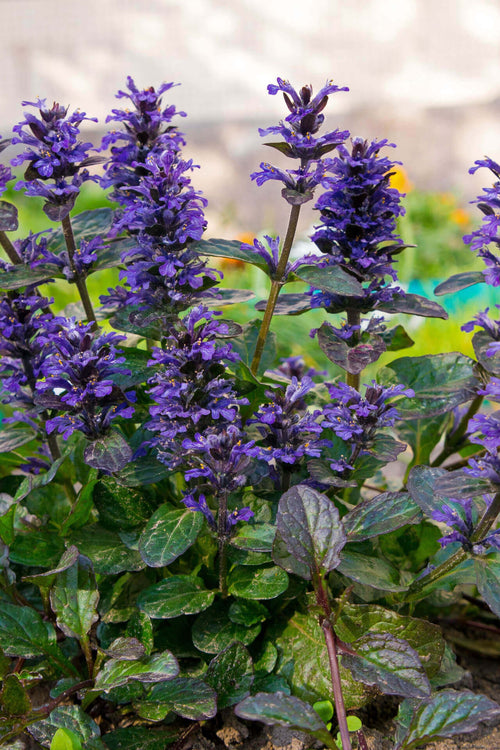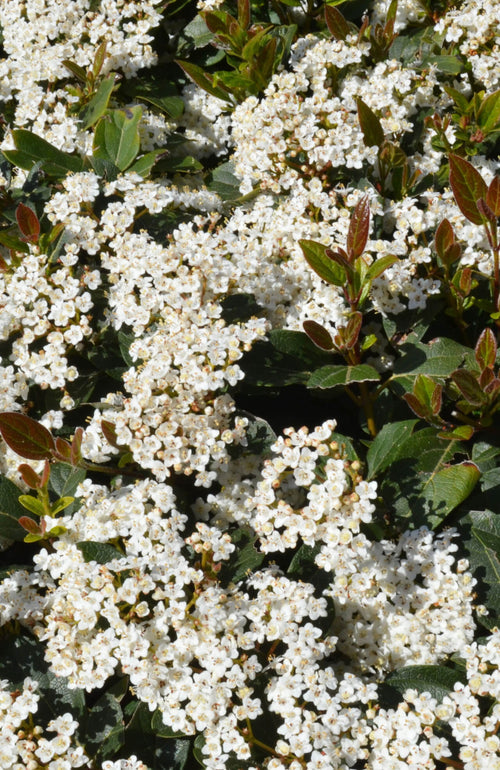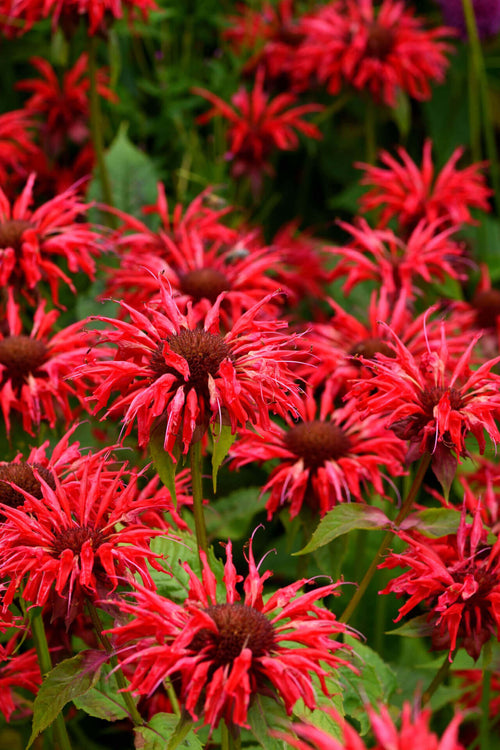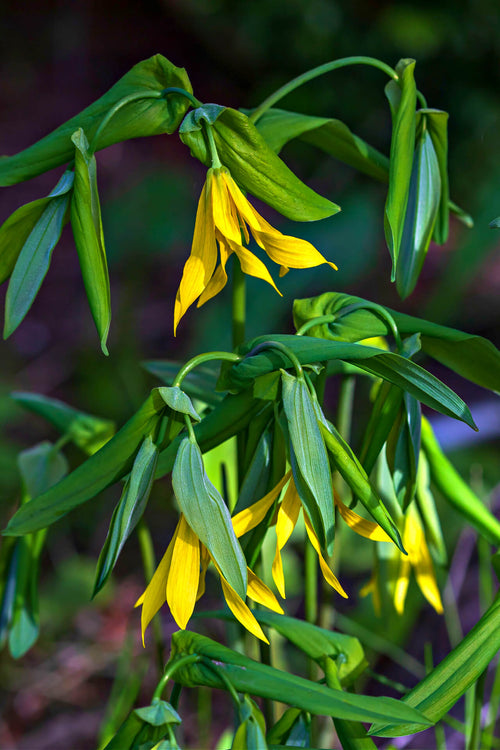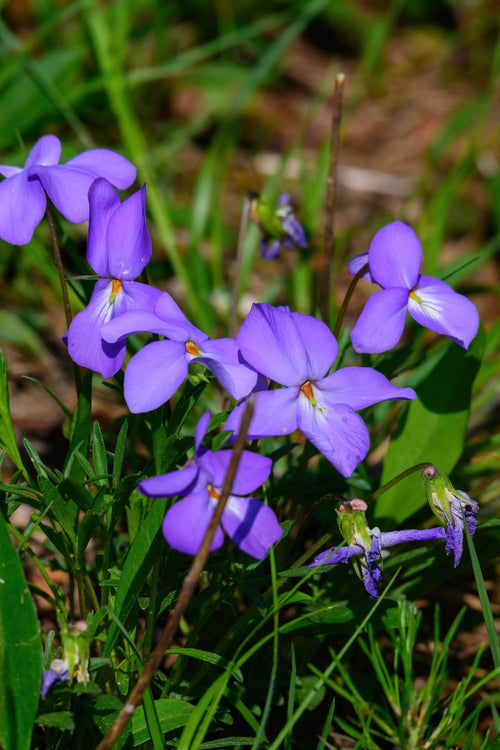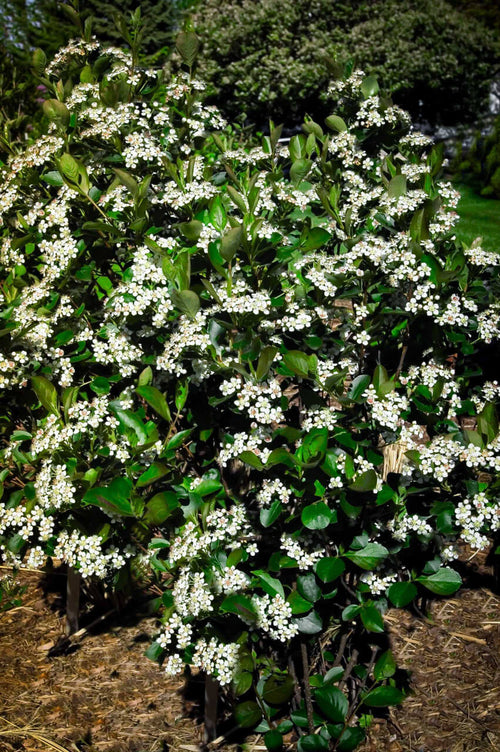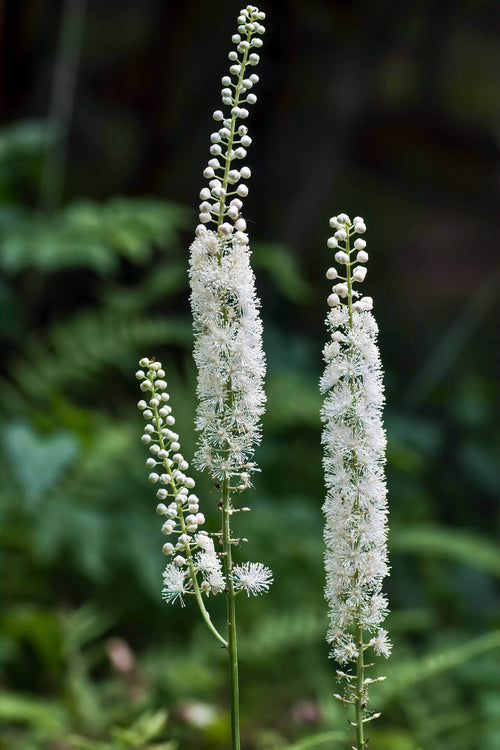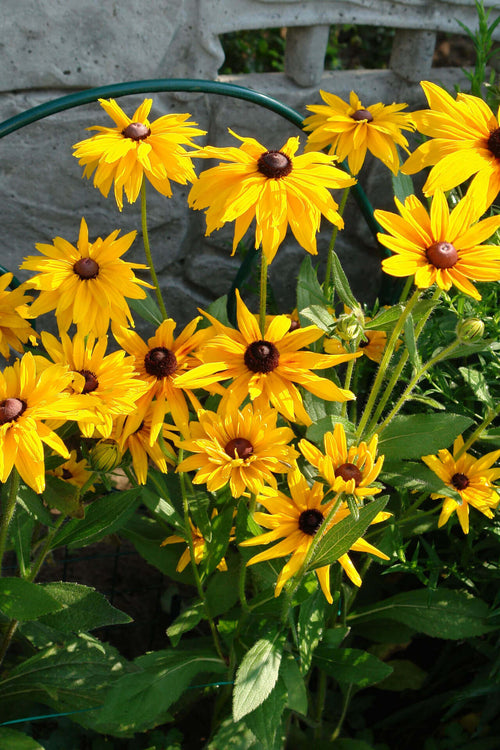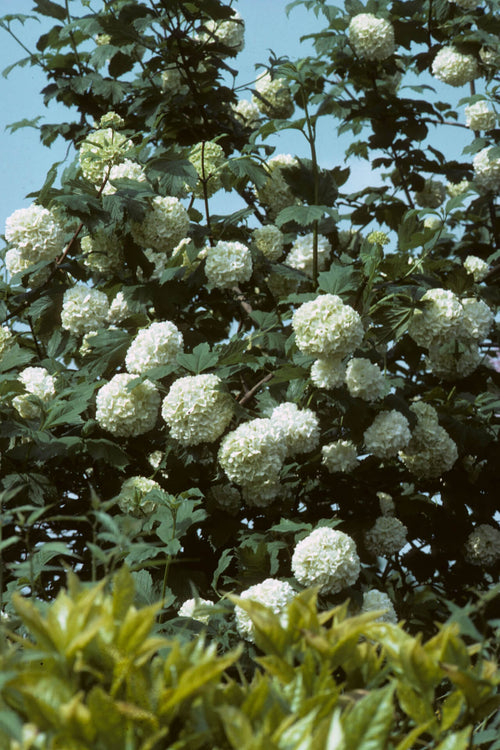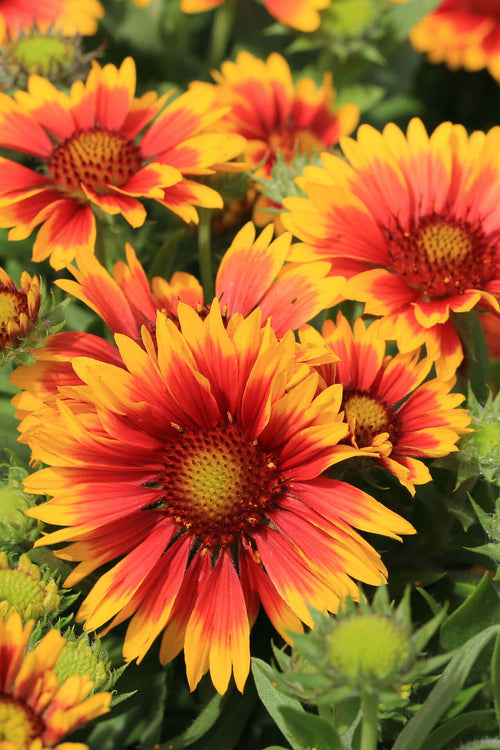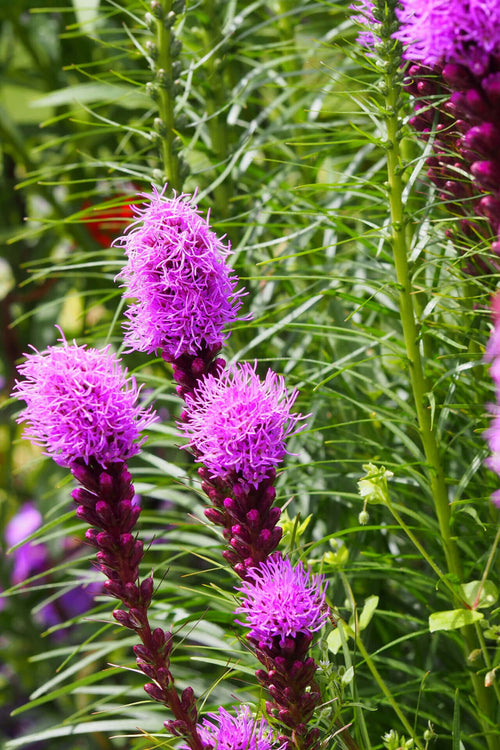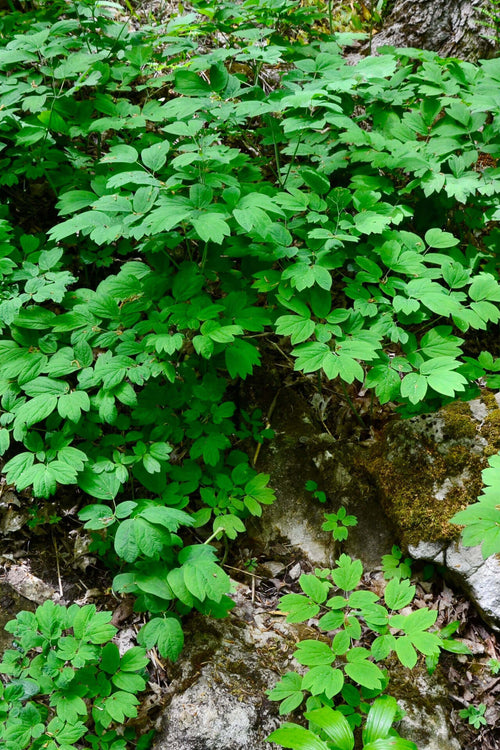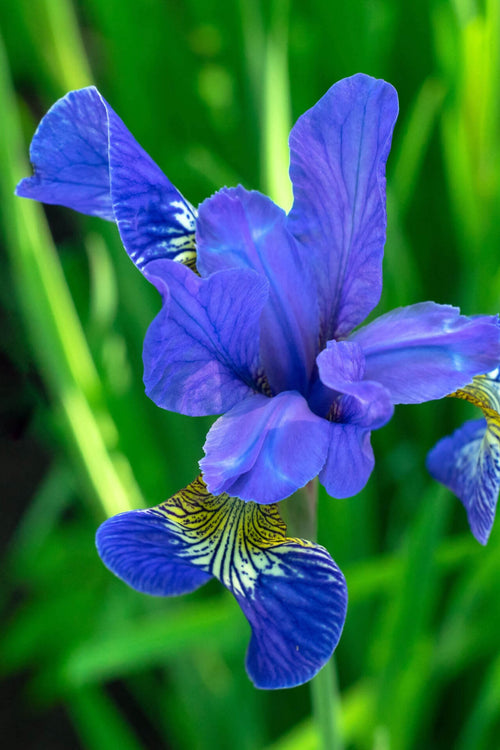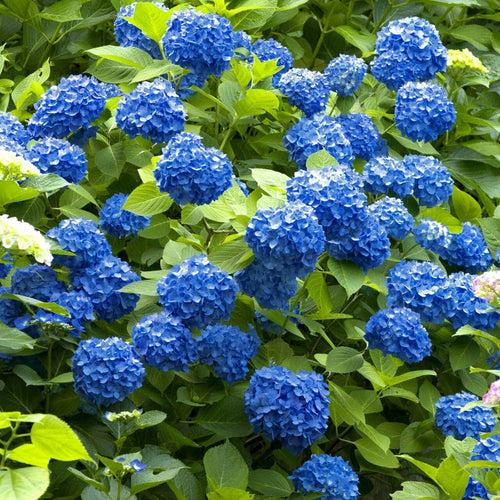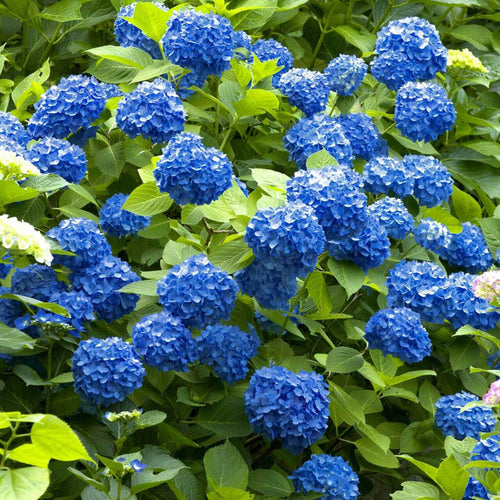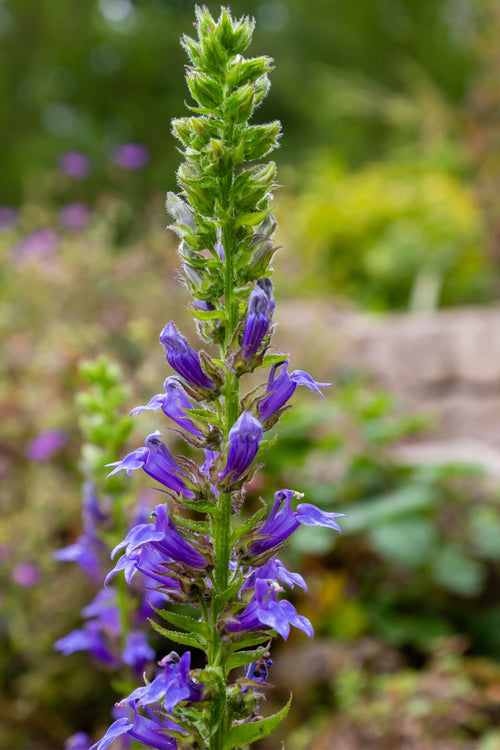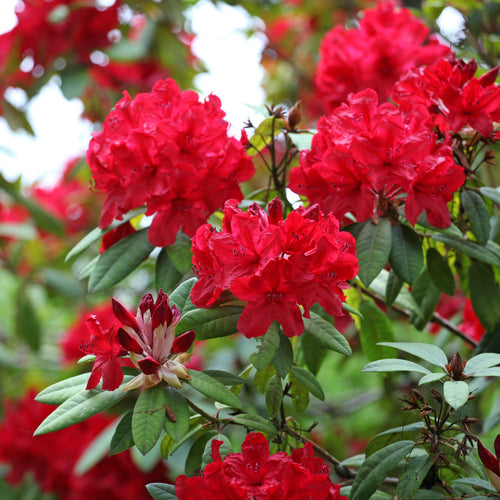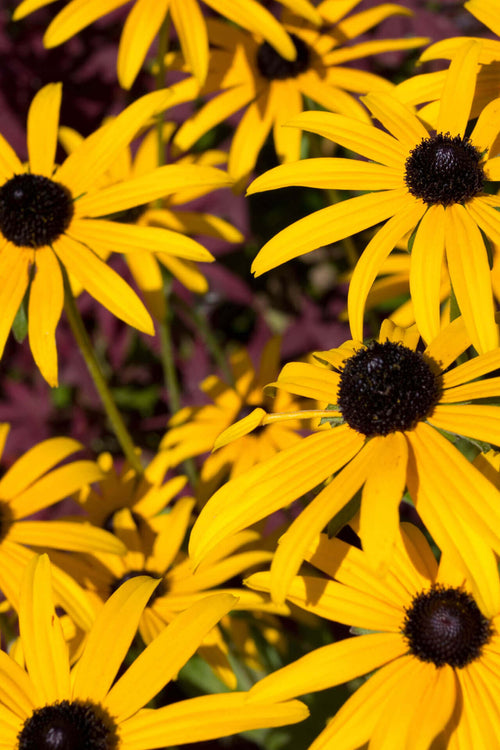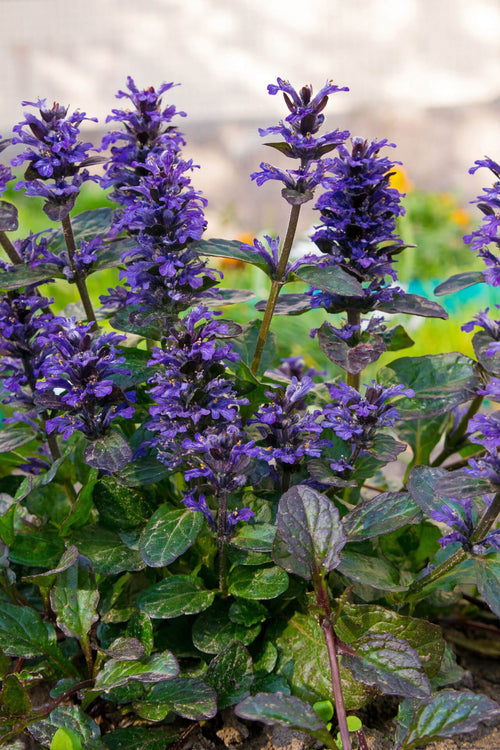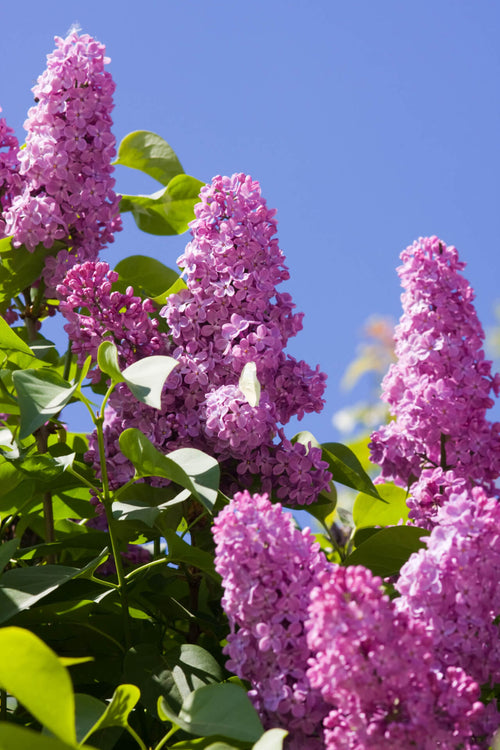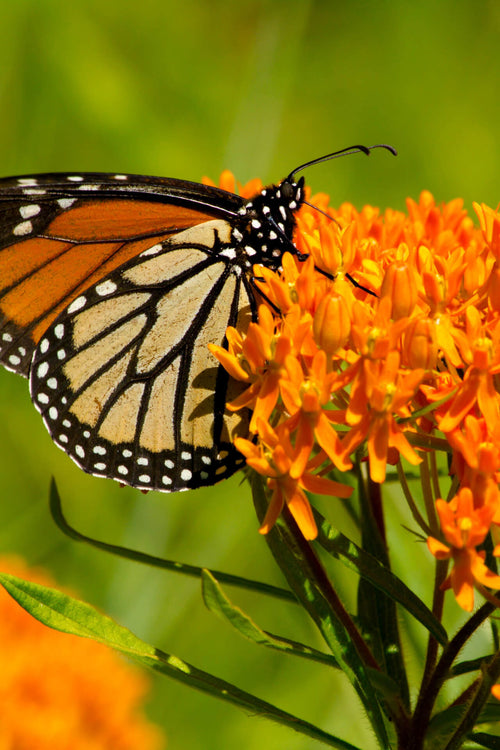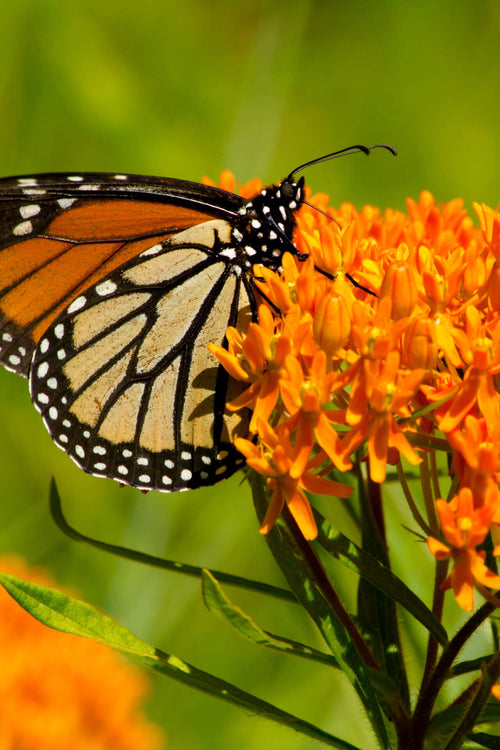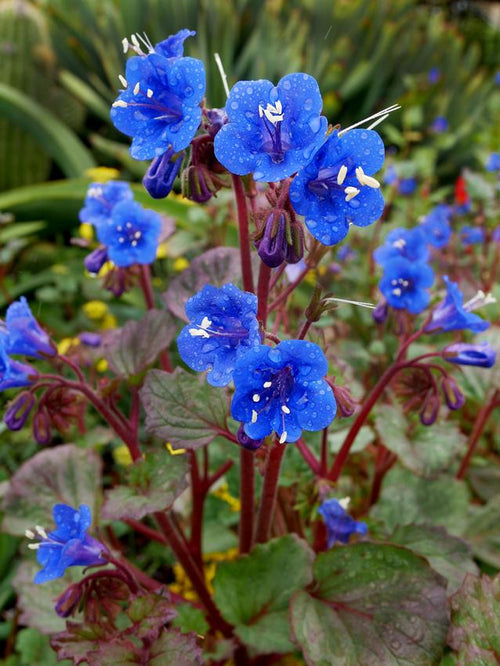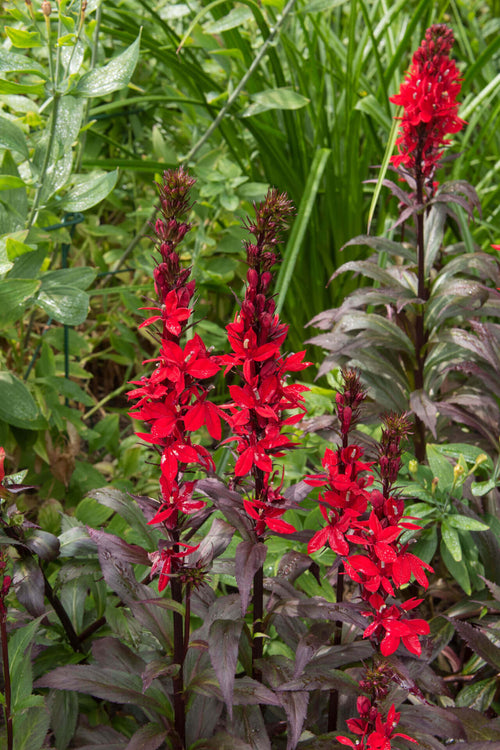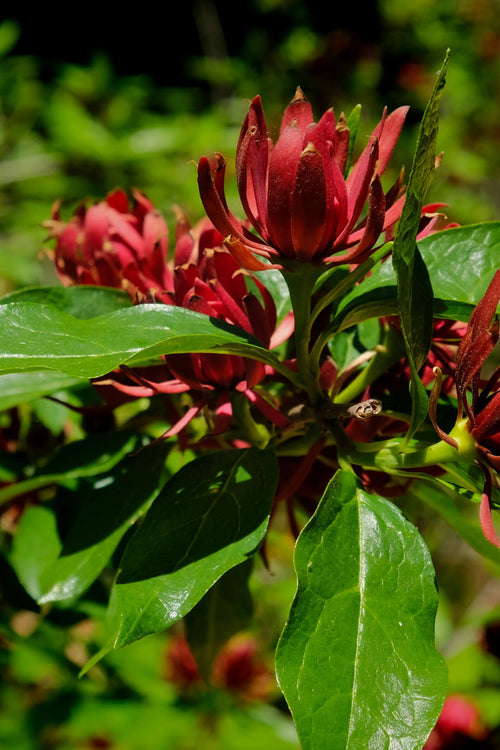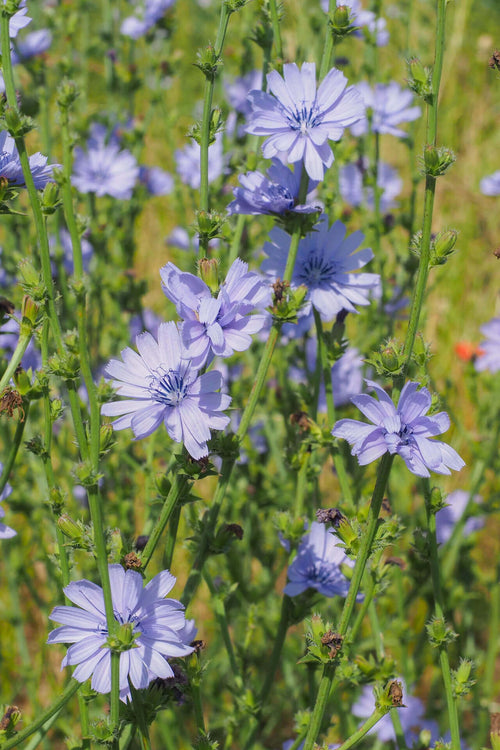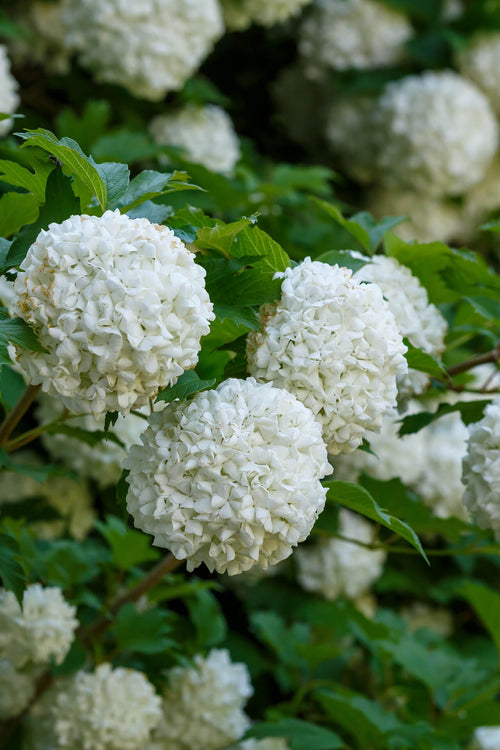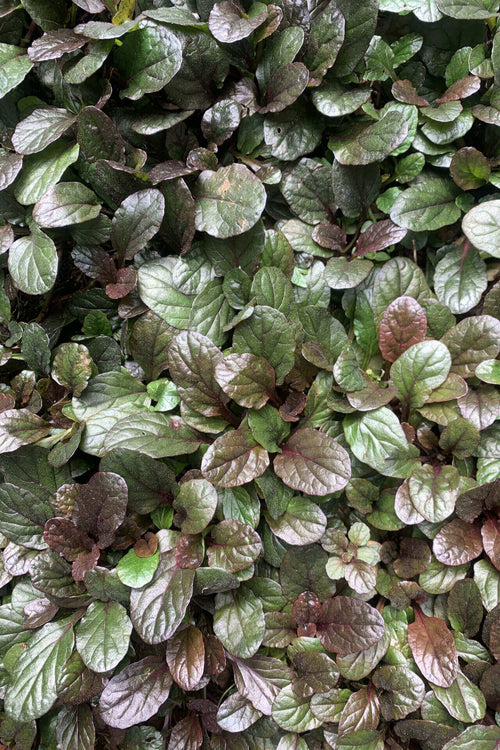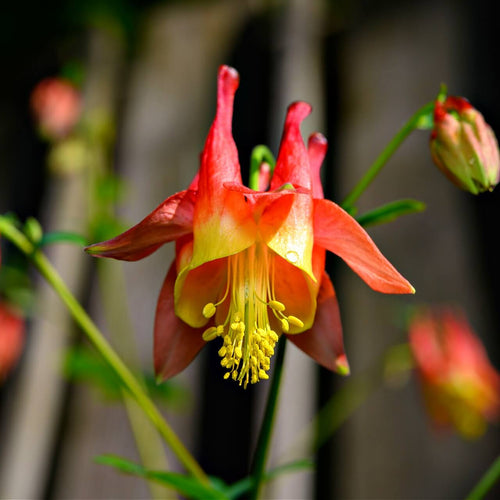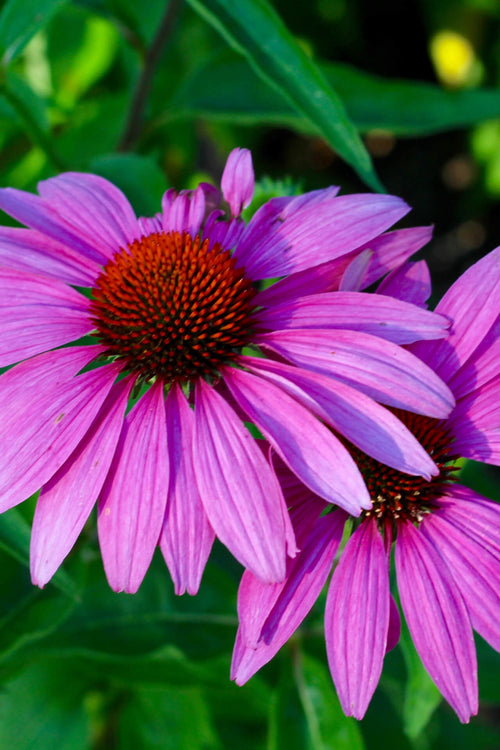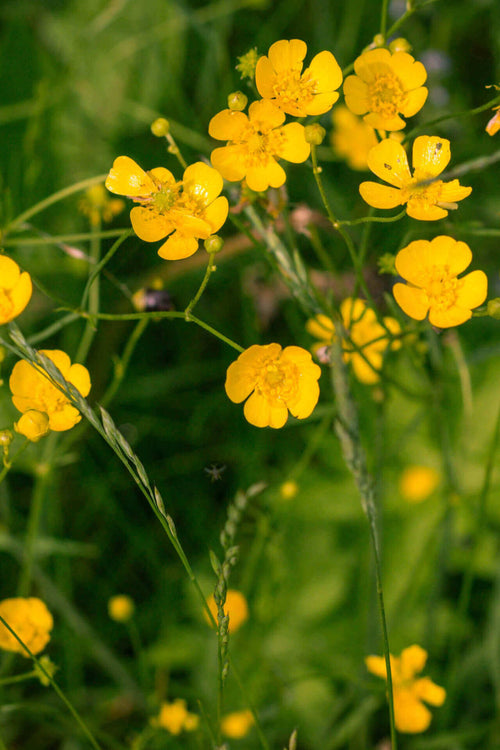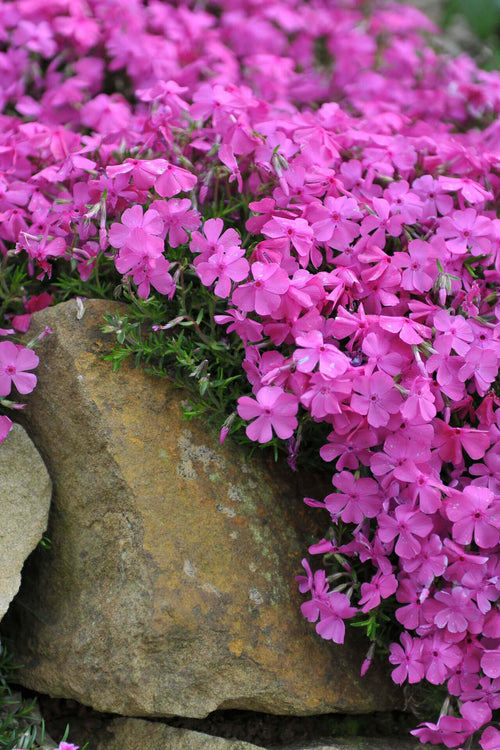Filters
Pollinator plants enhance the environment by promoting bees, butterflies, and monarchs. Some excellent flowers are deficient in maintenance, easy to care for, and thrive in most zones and soils.
Pollinator Plants
One of the most important ways a garden or landscaping stays healthy is by spreading pollen between flowers. Not only is pollination crucial for individual flowers' health, but pollination between flowers also helps produce more robust blooms, stronger roots, and a healthier appearance in your garden. Although the wind plays a significant role in pollinating, insects help achieve the highest pollen spread. When bees, butterflies, or other pollinating insects land on and gently burrow into the middle of a flower or other bloom, the tiny hairs on their body collect pollen, which is then transferred to bloom after bloom as they collect nectar for their hive or get the energy they need to fly and survive.
Pollinator Plants Are Easy To Grow
Adding these is a great way to attract more pollinating insects to your yard or garden. These flowers usually have bright or showy blooms that attract these insects. As they move between these brighter and flowering plants, they often land on less showy varieties and shrubs to help spread their pollen. This not only helps provide another source of energy for the flowers, but it is also essential for flower reproduction and a full and healthy-looking landscape. Since they often have the brightest and showiest blooms, they can create a visual focal point in your garden or help break up large areas of shrubs or similar flowers. A variety of flowers in several colors will also help attract the highest number of pollinating insects.
Pollinator Plants Save the World
Along with helping to create an overall healthy garden, using flowers to attract bees and butterflies can also help develop larger yields on fruit trees or grapevines. Outside of your garden, allowing these types of insects to thrive also has the added benefit of helping the environment overall. A US Department of Agriculture study showed that around 75% of the world's flowering plants and just over 33% of the world's food crops depend on pollinating insects such as these.

